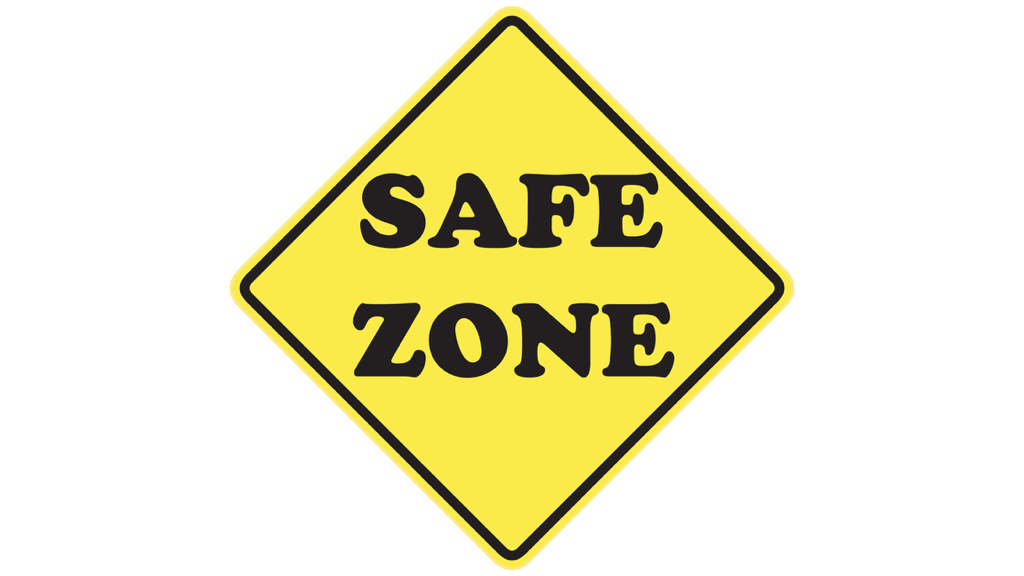Walking for Weight Loss: Tips and Strategies for Success
Written by TYE Medical on Jan 17th 2024
Want to start walking for weight loss…seriously? If it’s tough to stay consistent with other types of exercise, you might find more success with walking. It’s simple, accessible, and versatile. But can you lose weight just by walking?
Yes, you can be successful in walking for weight loss, but you need a plan and some goals to help you stay focused and physically challenged. For heart health, the general recommendation is 10,000 steps per day. But for weight loss, depending on your diet and other activities, you may need to adjust this number. It’s important to consider calorie intake and metabolic rate.
So, if you’re hitting 10,000 steps per day just walking through your daily routine but still wear extra pounds, then it’s probably time to consider your diet and an intentional walking routine. To learn more about all the ways walking can benefit you, read our article, How Daily Walking Benefits Seniors (and Tips for Getting Started).
Let’s take a look at how far to walk, walking strategies, and how to incorporate it into your daily life.
How Much Do You Need to Walk to Lose Weight?

If walking is your sole or primary form of exercise, to lose weight you must walk at least a moderate pace for a minimum of 30 minutes at least five days per week. To put it in perspective, a moderate pace is 3.5 miles per hour, and a vigorous pace is 4.5 miles per hour.
If you’ve not used a treadmill much, those numbers might not mean a lot to you. It might be helpful to at least start your walking routine using a treadmill, because it can help you measure pacing and speed so you can get a feel for it.
At only 30 minutes of moderate-paced walking, you’re not likely to lose much more than a pound or pound and a half per month.
How Much Walking to Lose Weight More Quickly?

If you’re serious about weight loss, you can invest more time and effort to get greater results.
When it comes to walking, more is better. Walking longer at a more vigorous pace can help you shed more pounds. But remember that you must balance pace with time. If you walk more vigorously but can’t last longer than 20 minutes, then you need to slow down. You want a good balance of pace and distance to maximize fat burn and metabolism.
Whatever pace you begin at, be sure that your breathing and heart rate are elevated, this indicates that your body is working hard enough to burn calories and fat. A casual stroll won’t help you lose weight.
Most importantly, set attainable goals. Don’t set yourself up for failure by choosing a vigorous pace you’re not conditioned for and expect to go for 45 minutes. Instead, start at a more manageable pace that makes it difficult to talk and walk at the same time. See how long you can walk at that pace and slowly increase to at least 30 minutes. As this time becomes easier for you, then pick up the pace a bit. This is where using a treadmill helps you keep track of progress.
Walking–Plus! Maximizing Your
Walking Routine for Weight Loss
If you want to get the most calorie burn out of your walking routine, you’ll need to step it up. (Pun intended.) In this case, don’t rely on walking as your sole source of exercise. You’ll need to increase the intensity by adding jogging, sprinting, weight lifting, an incline, or a HIIT workout. You can combine these any way you like.
For some people, this looks like 15 minutes of brisk walking and 15 minutes of lifting weights. For others, it could be interval training, where you walk vigorously for 1 minute and then moderately for 1 minute for the duration of your workout. This gives your body a recovery period before another high intensity interval.
The constantly changing intensity revs up your metabolism and helps you burn fat faster.
If joint pain or other physical condition prevents you from higher intensity exercise, you can also continue to a low-impact walk but increase the incline. This will challenge your body, increase and increase your heart rate without added stress to your joints. This is another advantage of treadmill walking.
Walking Workouts to Get Started

Before starting a walking routine, check with your doctor to be sure your health will allow it. You might also receive some instruction on how to accommodate for certain health conditions.
Treadmill Walking Workout
What’s the best thing about a treadmill workout? Control. You can workout whenever it’s convenient for you regardless of the weather. And you can easily adjust the speed, incline, and workout length. All this control can ensure you get the most out of your workout time.
Plan for a 30-minute walk. You can increase the length of your walk as you become conditioned and gain endurance. If you need to start with a shorter walk, that’s fine too. Here is how your walk should progress:
- 1-5 minutes: warmup, no incline, 3.5 MPH (moderate intensity)
- 5-10 minutes: 3% incline, 4.0 MPH
- 10-12 minutes: no incline, 3.5 MPH
- 12-17 minutes: 3% incline, 4.2 MPH
- 17-19 minutes: no incline, 3.5 MPH
- 19-24 minutes: 3% incline, 4.0 MPH
- 24-29 minutes: cool down, no incline, 3.5 MPH
You can increase your pace or incline as you become more fit and conditioned to this routine. The important thing is to keep challenging yourself. When the routine becomes too easy, make adjustments to increase intensity.
Two quick tips: Be sure to keep an upright posture as you walk and keep moving your arms to boost benefits.
Want to stay motivated? Read our article, 7 Benefits of Walking that Might Surprise You.
High-Intensity Interval Walking Workout
If you’re in good health and your doctor gives clearance, you can work up to high-intensity interval training (HIIT). This type of workout alternates between periods of intense exercise followed by periods of recovery. The changing pace and bouts of intense activity can boost metabolism and boost weight loss.
It’s very similar to the walking workout above except you’re walking at a more vigorous pace for a shorter period of time. The alternating high and low intensity balances out to a moderate intensity overall, but you gain the same health benefits in less time.
This HIIT workout includes 2 minutes of intense walking and 2 minutes of recovery. Do five sets.
●1-5 minutes: warmup, walk at a pace that doesn’t wind you
●5-7 minutes: walk at an intense pace that makes conversation difficult
●7-9 minutes: slow your pace again for a period of recovery
●Repeat the pattern 5 times (2 minutes at a vigorous pace and 2 minutes of recovery)
●This should add up to a period of 20 minutes (not counting warm up or cool down)
●20-25 minutes: cool down
As you gain more endurance, you can increase the length of your intense intervals and/or increase the total length of your HIIT workout by adding more sets.
Hill Walking Workout
When you’re ready to level-up by working different muscles and increasing endurance further, try hill walking using these tips.
It’s always important to warm up for five minutes. So walk on level ground or at a zero incline for those first five. Then start your climb up the hill. If you’re on a treadmill, you would bump your incline to about 3% depending on your experience.
Be sure to take short steps and keep your pace steady. Be mindful of your posture and lean your full body slightly into the hill, bending at your ankles, not your torso. This will keep your body in balance.
Pace is key. Walk so that you could carry on a conversation without needing to gasp for breath. When you’re ready to walk down the other side of the hill, be sure to bend at your knees and keep your upper body erect.
Think you’re burning more calories? You are!
Walking for Weight Loss? Watch Your Diet!

If you want to walk your way to a healthier weight, your calorie count and quality will have a huge impact on your success. If you adopt a diet that allows for a daily calorie deficit, meaning that you eat fewer calories than you burn, then you’re far more likely to shed pounds on the treadmill or trail.
Even if you were breaking even in your daily calories, you could still lose weight walking. But if you’re eating as many or more calories than you’re walking off, you won’t get the results you hope for.
And it’s just as important to eat the right kind of calories as it is to eat the right amount. For instance, sugar and simple carbs are known to quickly pack on the pounds, especially around the midsection. They also spike blood sugar and intensify sugar cravings. This can put you on a bad cycle that even walking won’t be able to reverse.
Stay Consistent and Remember Your Goals

Establish your workout schedule and do your best to stick to it. Even if you don’t add HIIT workouts or HIIT intervals, you can still lose weight walking. It might take a little longer, but diligence and consistency are what will get you there in the long run (...er…walk).


